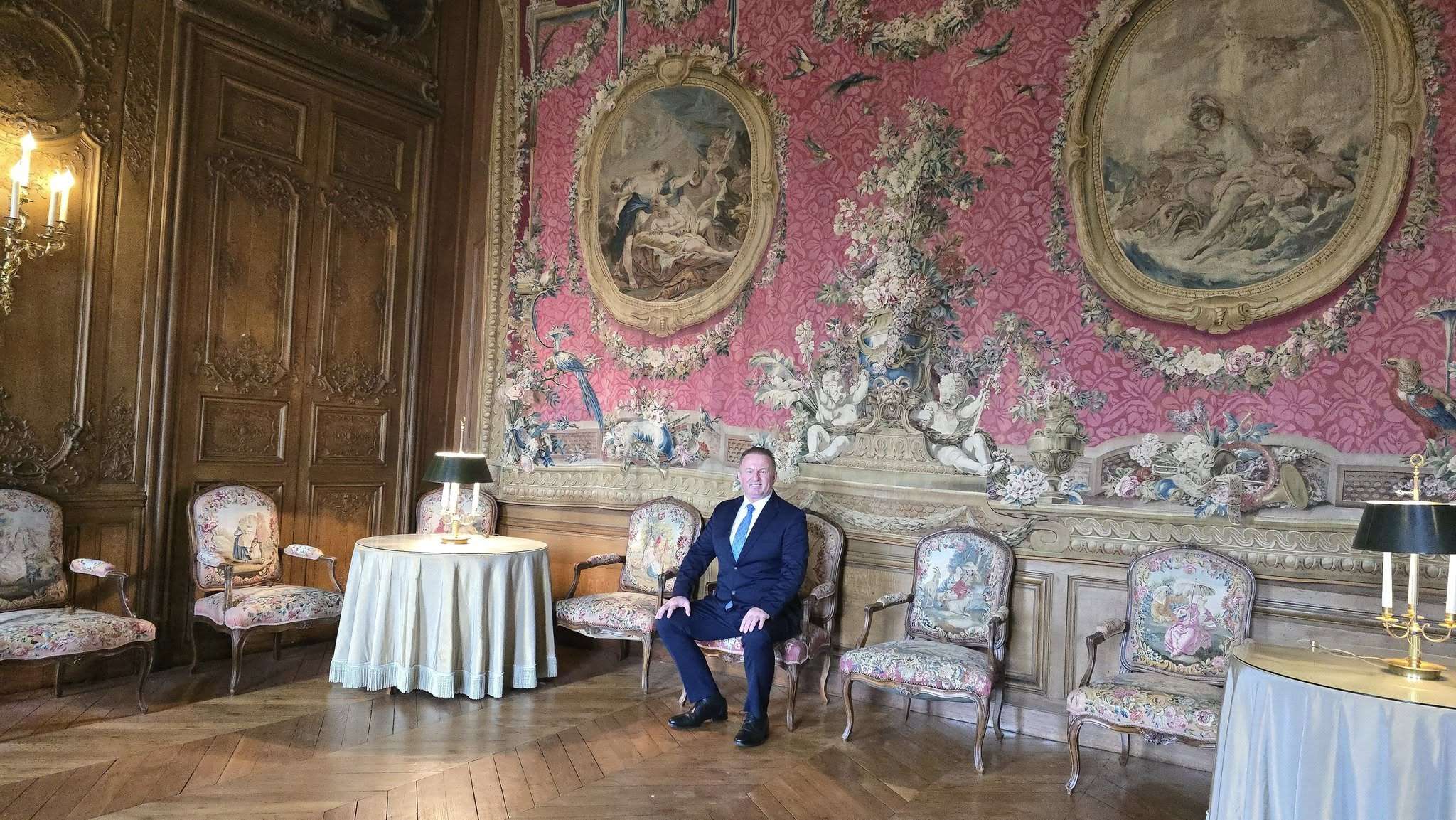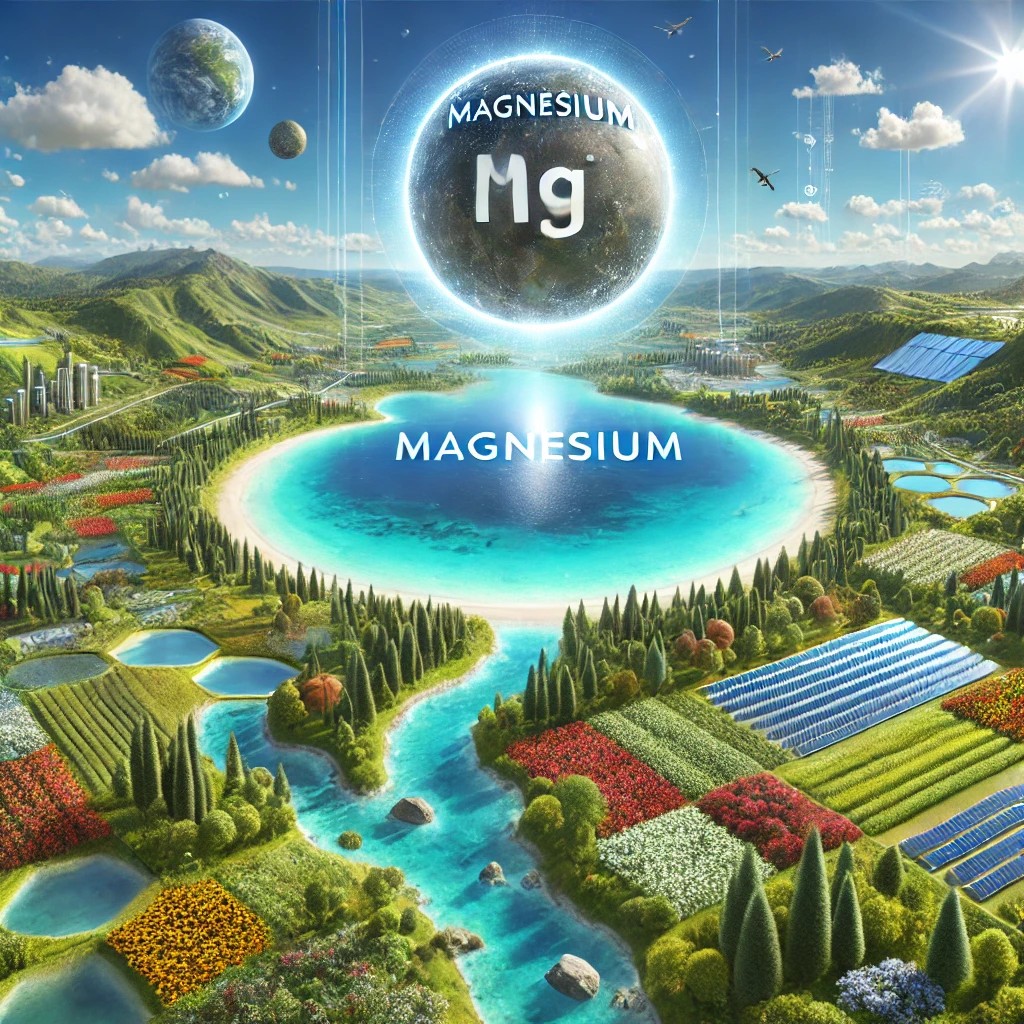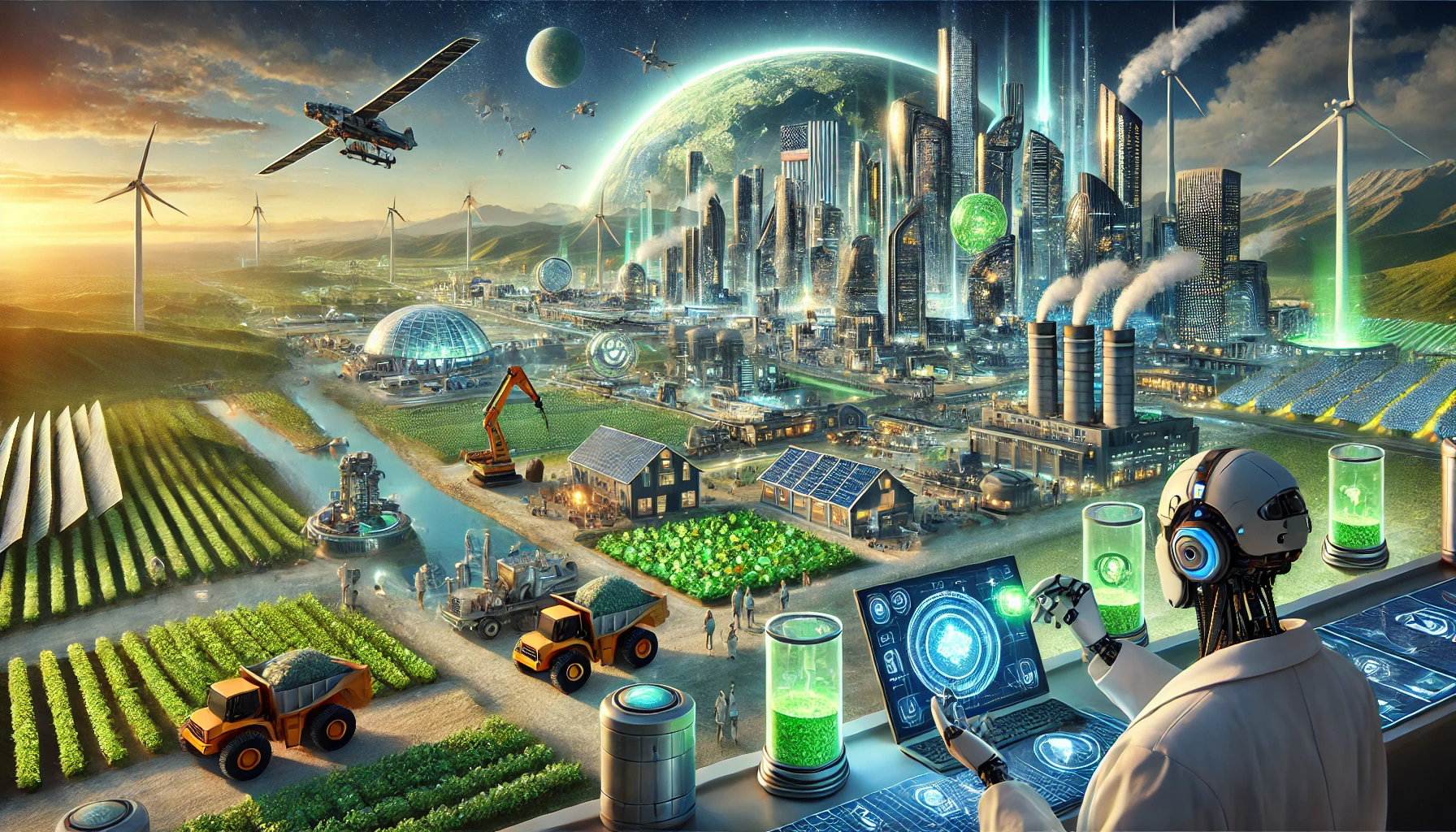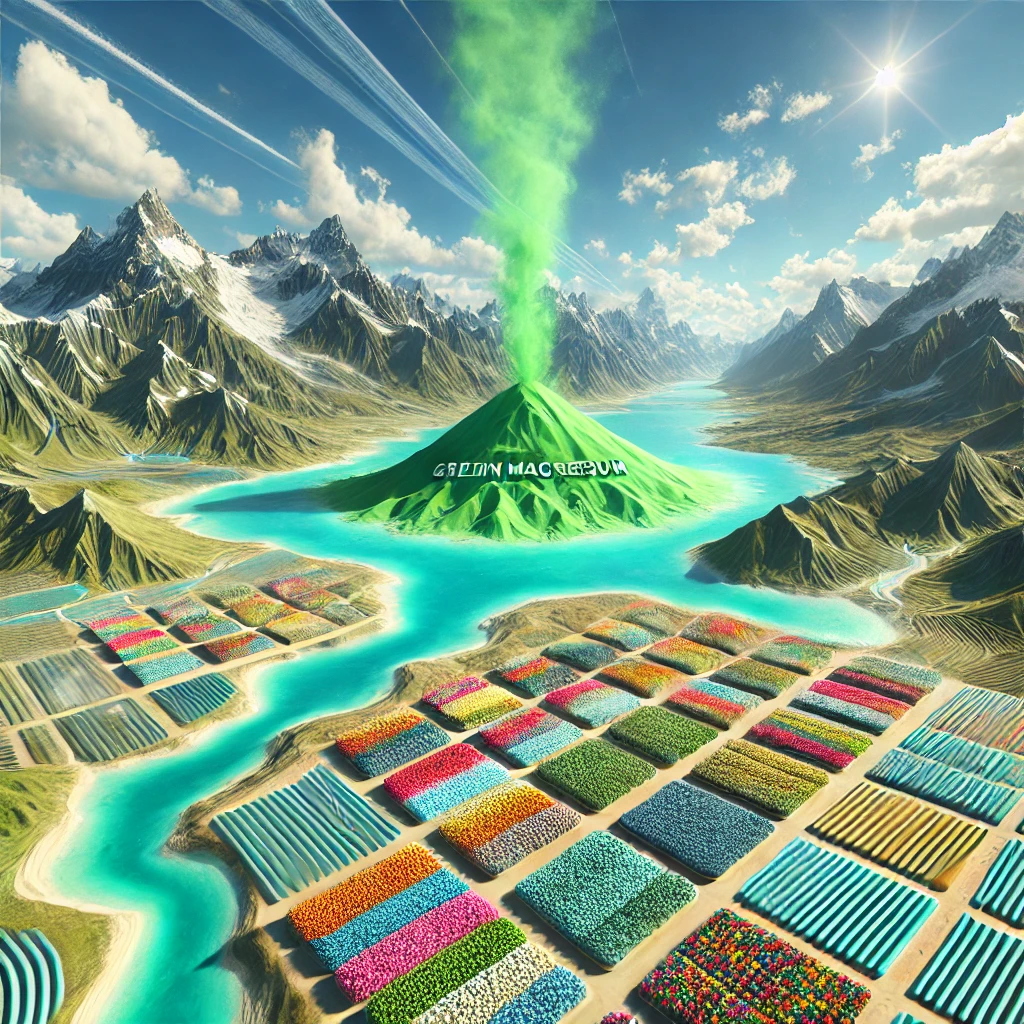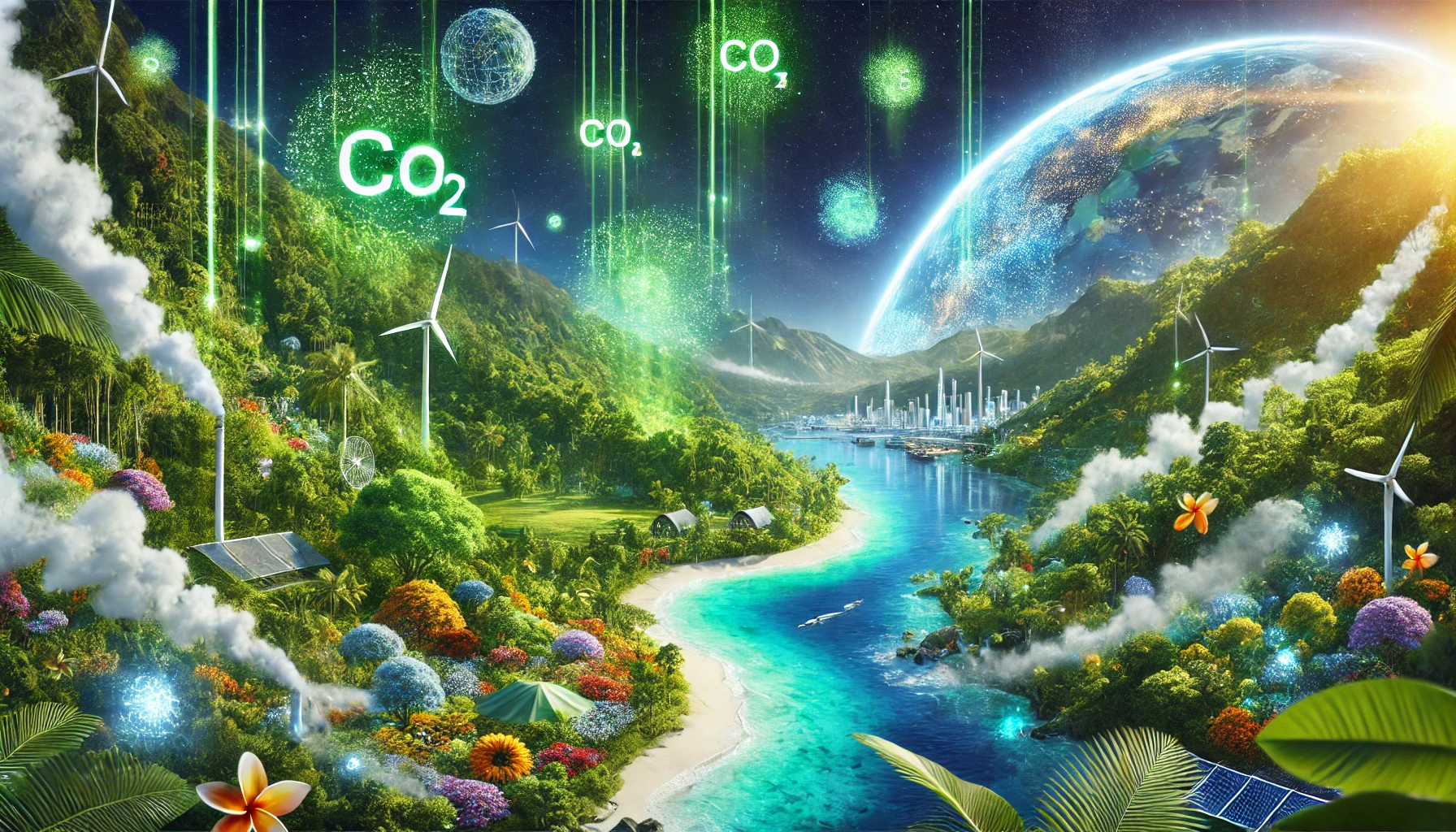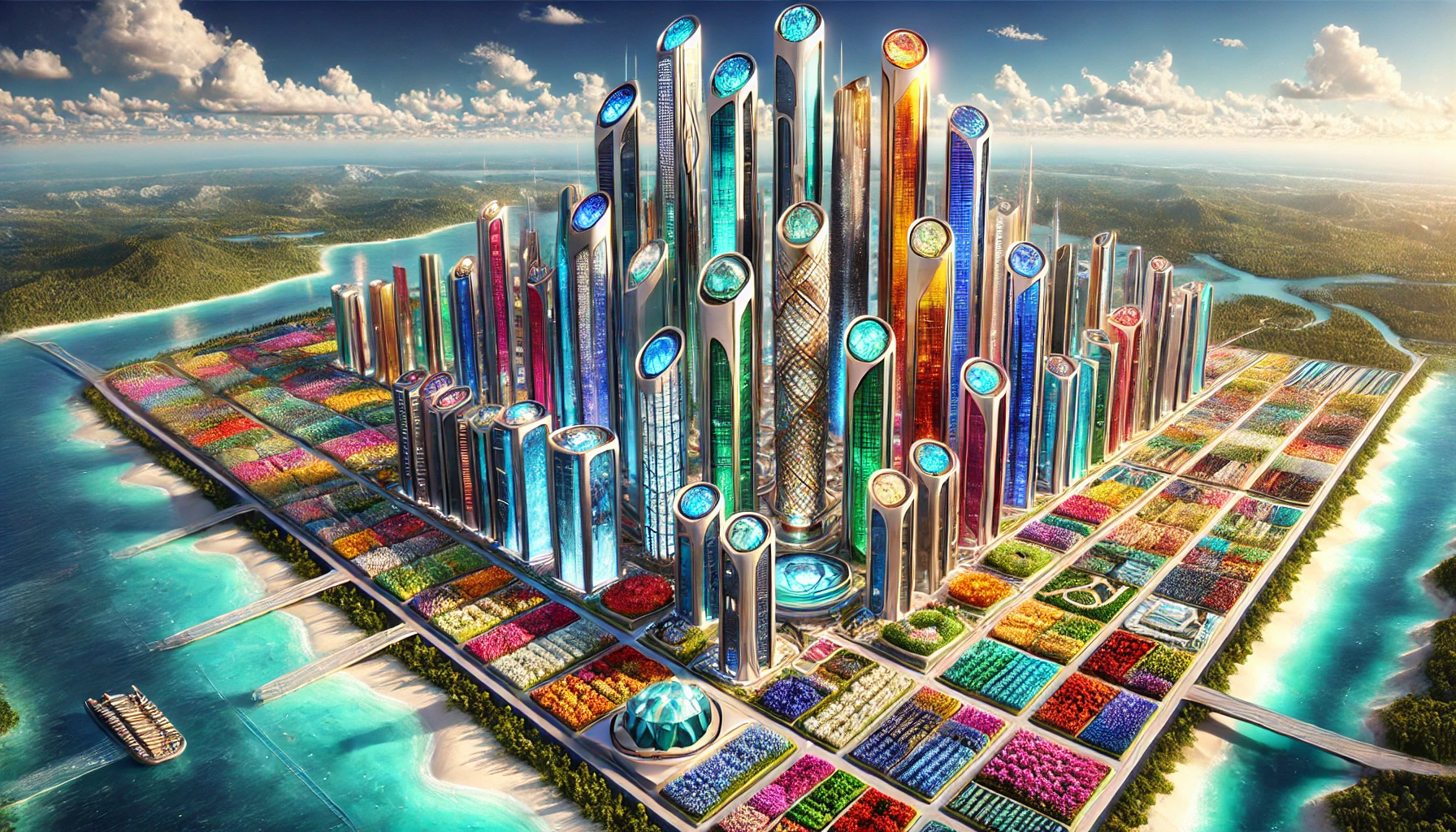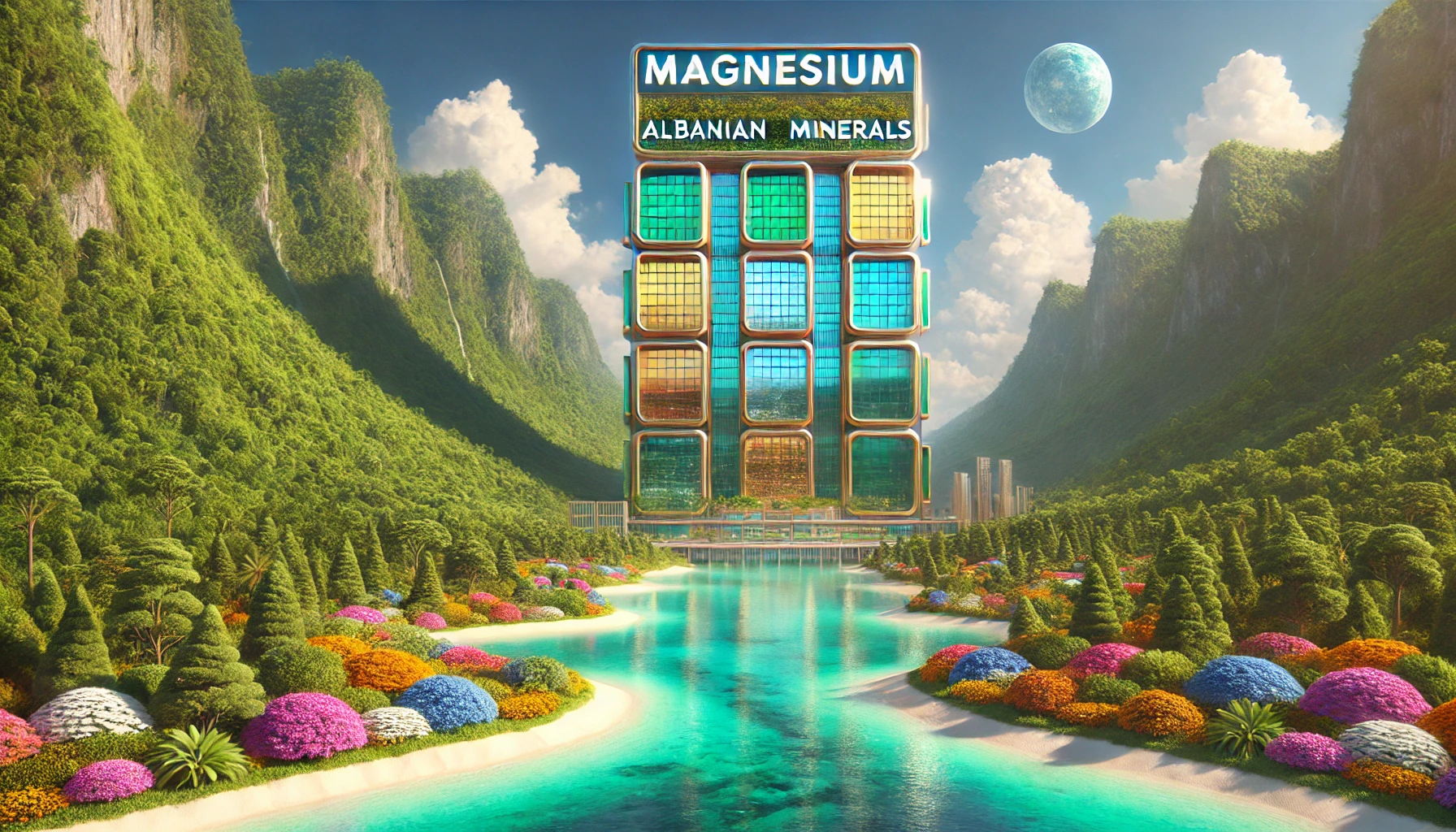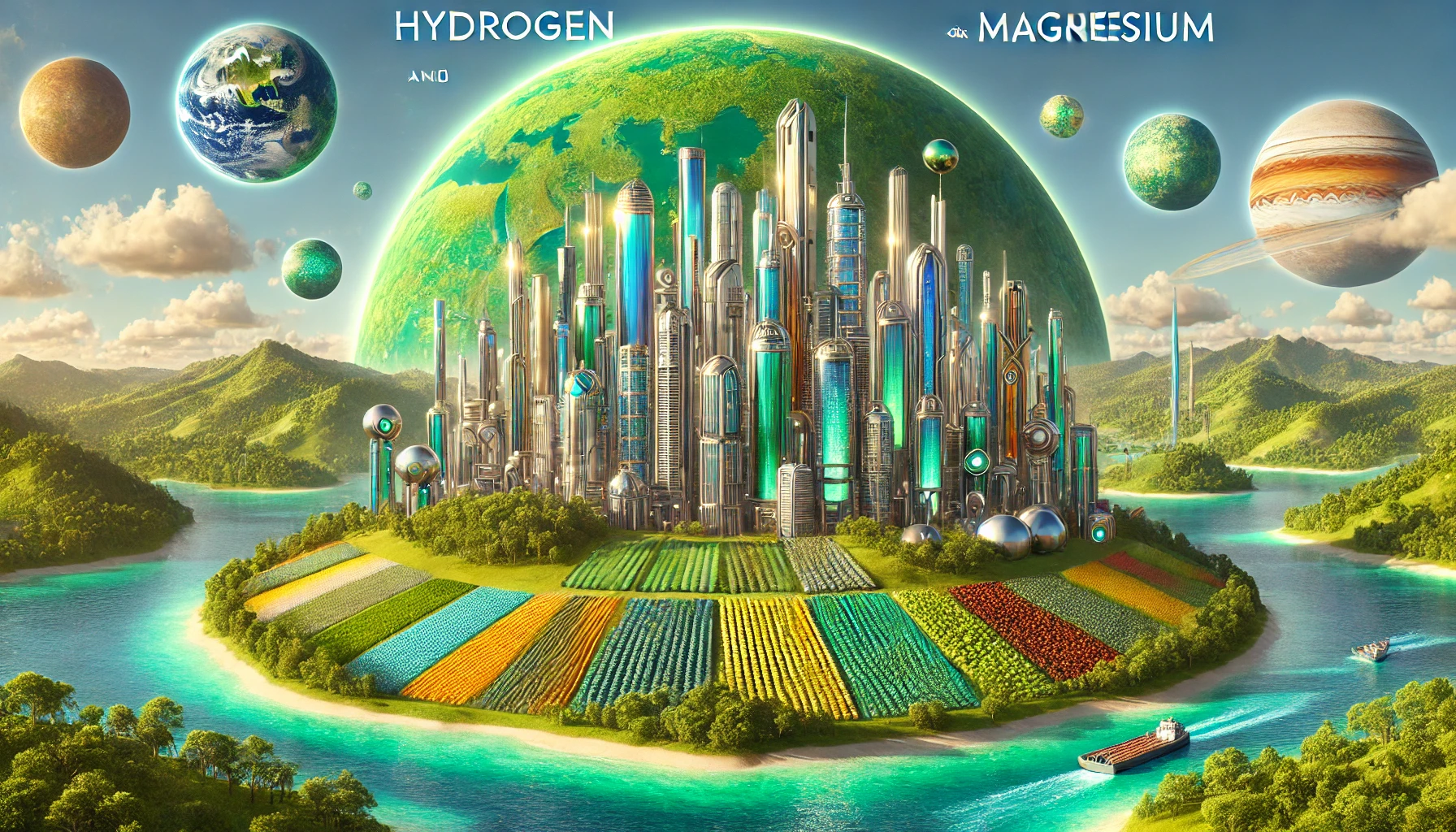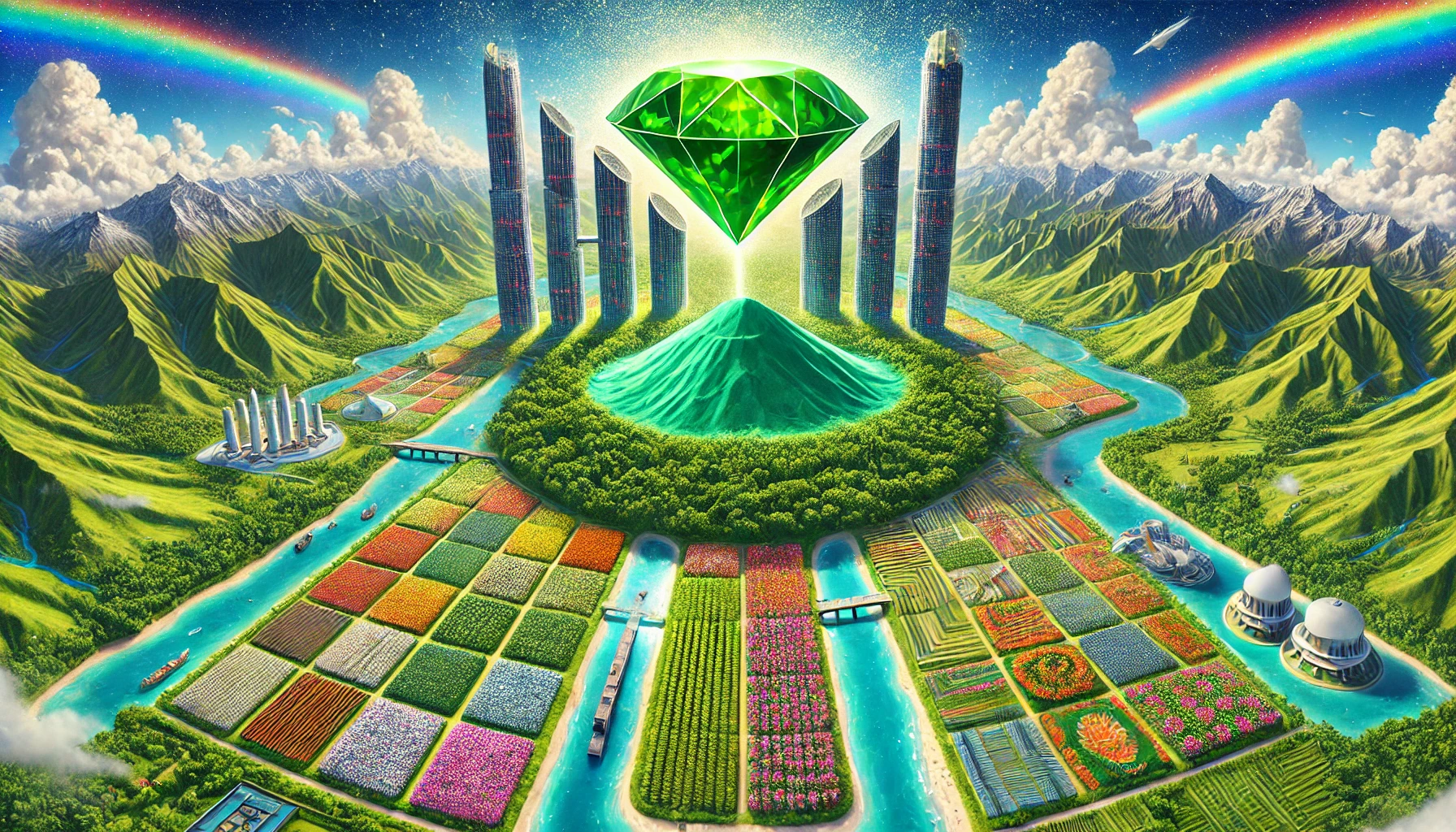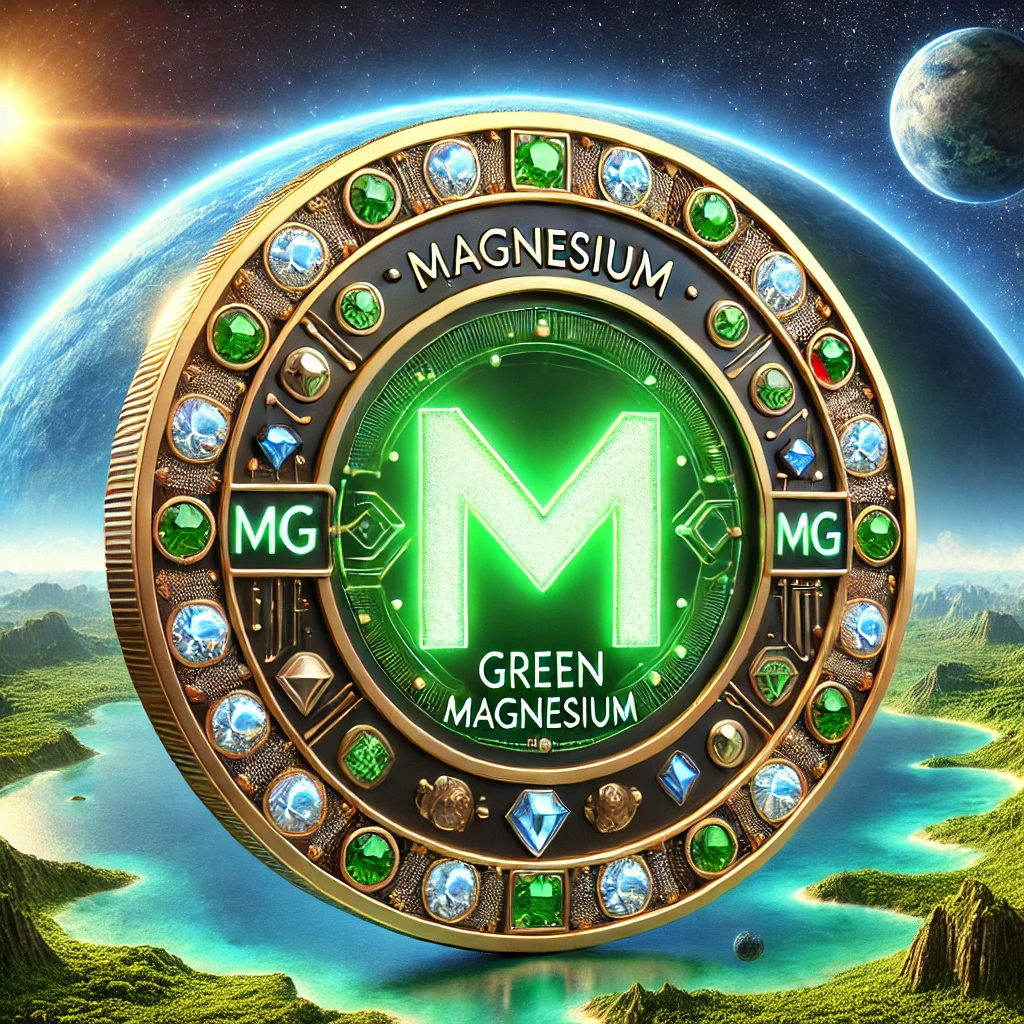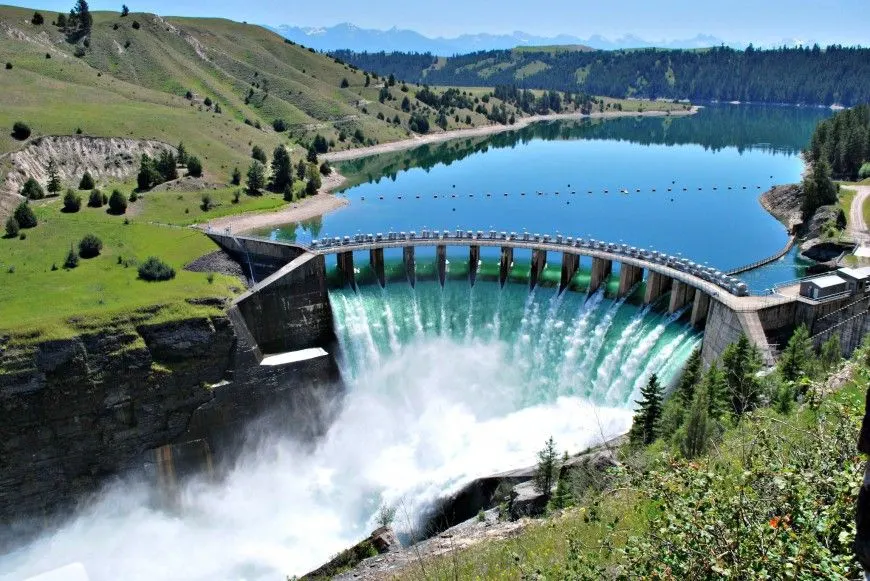
Iceland is a Nordic island country in the North Atlantic Ocean and in the Arctic Ocean. Iceland is a volcanic island in Europe in the North Atlantic Ocean. Iceland obtains near 100% of the electricity it needs from renewable energy sources.
According to the Government of Iceland, Renewable energy provided almost 100% of electricity production, with about 73% coming from hydropower and 27% from geothermal power. Most of the hydropower plants are owned by Landsvirkjun (the National Power Company) which is the main supplier of electricity in Iceland. Iceland is the world’s largest green energy producer per capita and largest electricity producer per capita, with approximately 55,000 kWh per person per year. In comparison, the EU average is less than 6,000 kWh.
Nearly all electrical energy is produced by renewable energy resources, hydro (75,5%) or geothermal (24,5%). Only in the islands, Grimsey and Flatey, which are not connected to the national grid, diesel generators are used for production of electricity, apart from minor production of electricity in diesel emergency generators.
All power stations larger than 1 MW must be connected to the national grid, but many owners of smaller stations feed electricity into the grid for sale.
Power stations connected to the national grid are shown on the map to the right. The National Power Company (Landsvirkjun) is the largest producer of electricity, which pro- duction amount to 12469 GWh or 75% of the total, followed by Reykjavik Energy, which production is 2138 GWh or 12% of the total. The third company, HS Orka, produces 1431 GWh corresponding to 9% of the total national production.
Iceland is a pioneer in the use of geothermal energy for space heating. Generating electricity with geothermal energy has increased significantly in recent years. Geothermal power facilities currently generate 25% of the country’s total electricity production.














